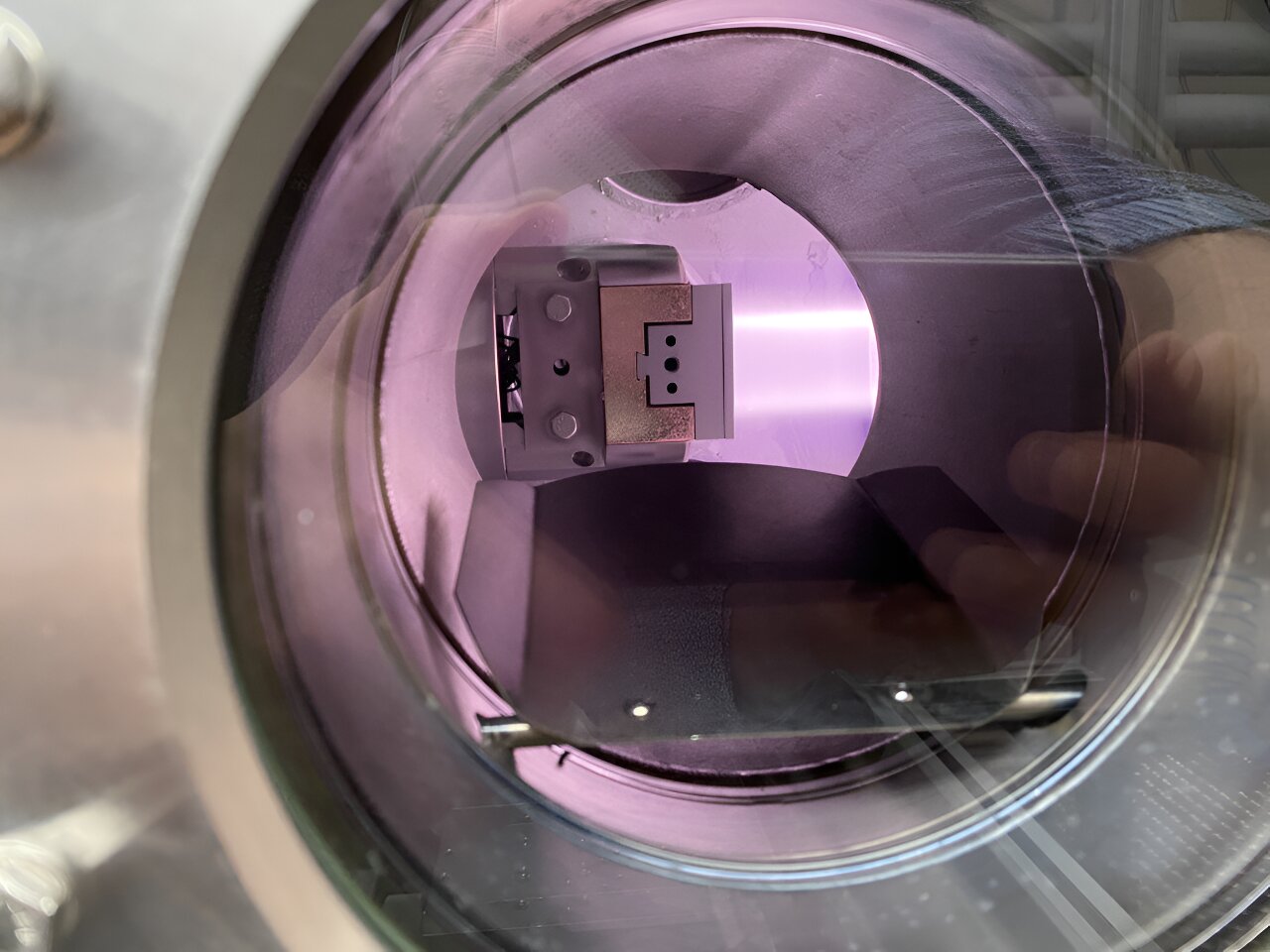University of Wisconsin–Madison engineers have used a spray coating technology to produce a new workhorse material that can withstand the harsh conditions inside a fusion reactor.
“The fusion community is urgently looking for new manufacturing approaches to economically produce large plasma-facing components in fusion reactors,” says Mykola Ialovega, a postdoctoral researcher in nuclear engineering and engineering physics at UW–Madison and lead author on the paper. ”Our technology shows considerable improvements over current approaches. With this research, we are the first to demonstrate the benefits of using cold spray coating technology for fusion applications.”
The researchers used a cold spray process to deposit a coating of tantalum, a metal that can withstand high temperatures, on stainless steel. They tested their cold spray tantalum coating in the extreme conditions relevant to a fusion reactor and found that it performed very well. Importantly, they discovered the material is exceptionally good at trapping hydrogen particles, which is beneficial for compact fusion devices.
“We discovered that the cold spray tantalum coating absorbs much more hydrogen than bulk tantalum because of the unique microstructure of the coating,” says Kumar Sridharan, a professor of nuclear engineering and engineering physics and materials science and engineering. Over the last decade, Sridharan’s research group has introduced cold spray technology to the nuclear energy community by implementing it for multiple applications related to fission reactors.
“The simplicity of the cold spray process makes it very practical for applications,” Sridharan says.
2023-12-15 07:00:04
Original from phys.org rnrn
